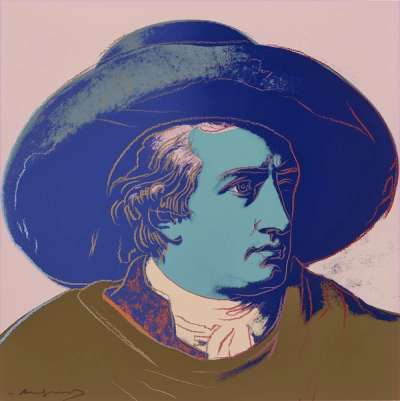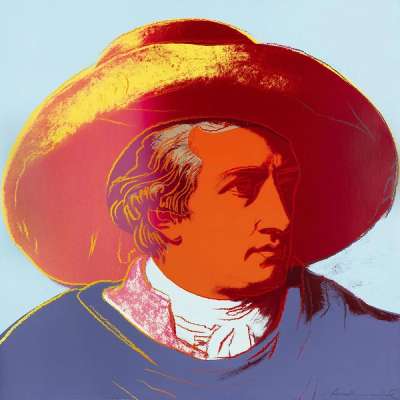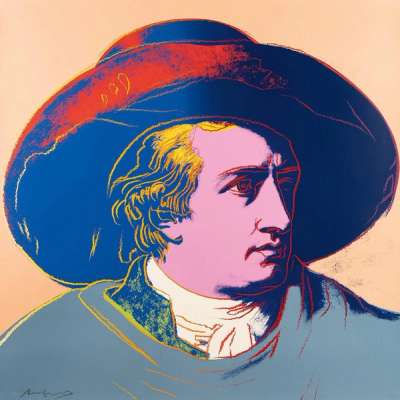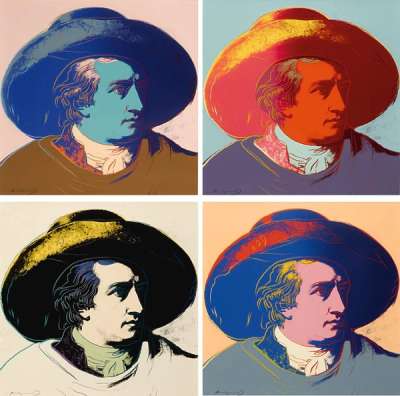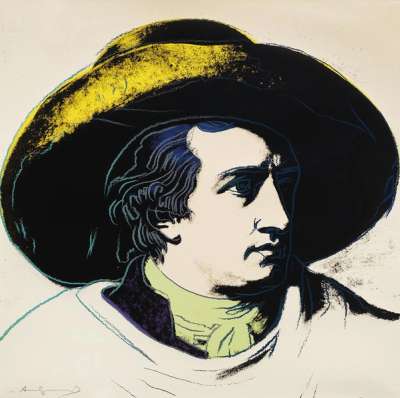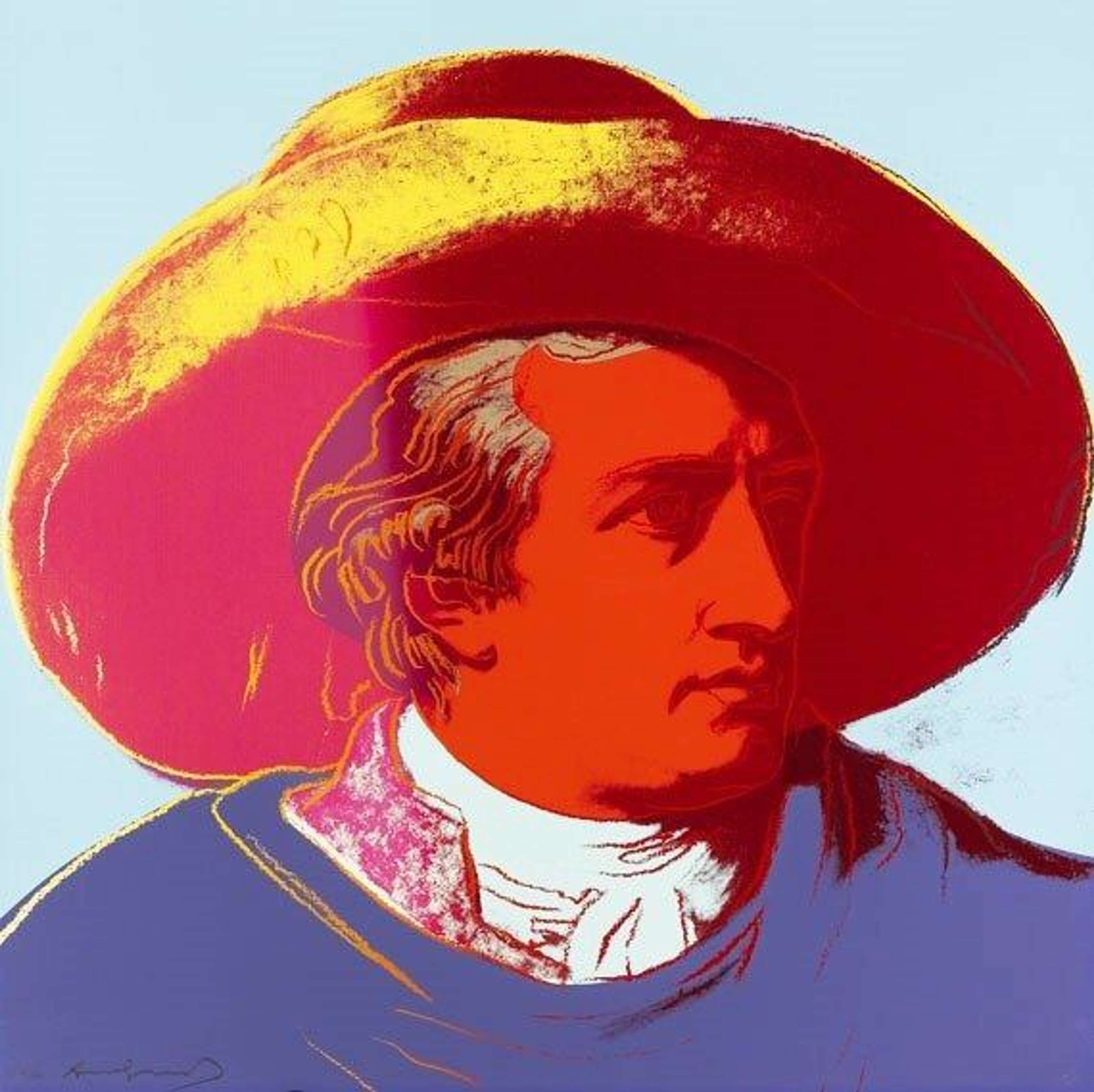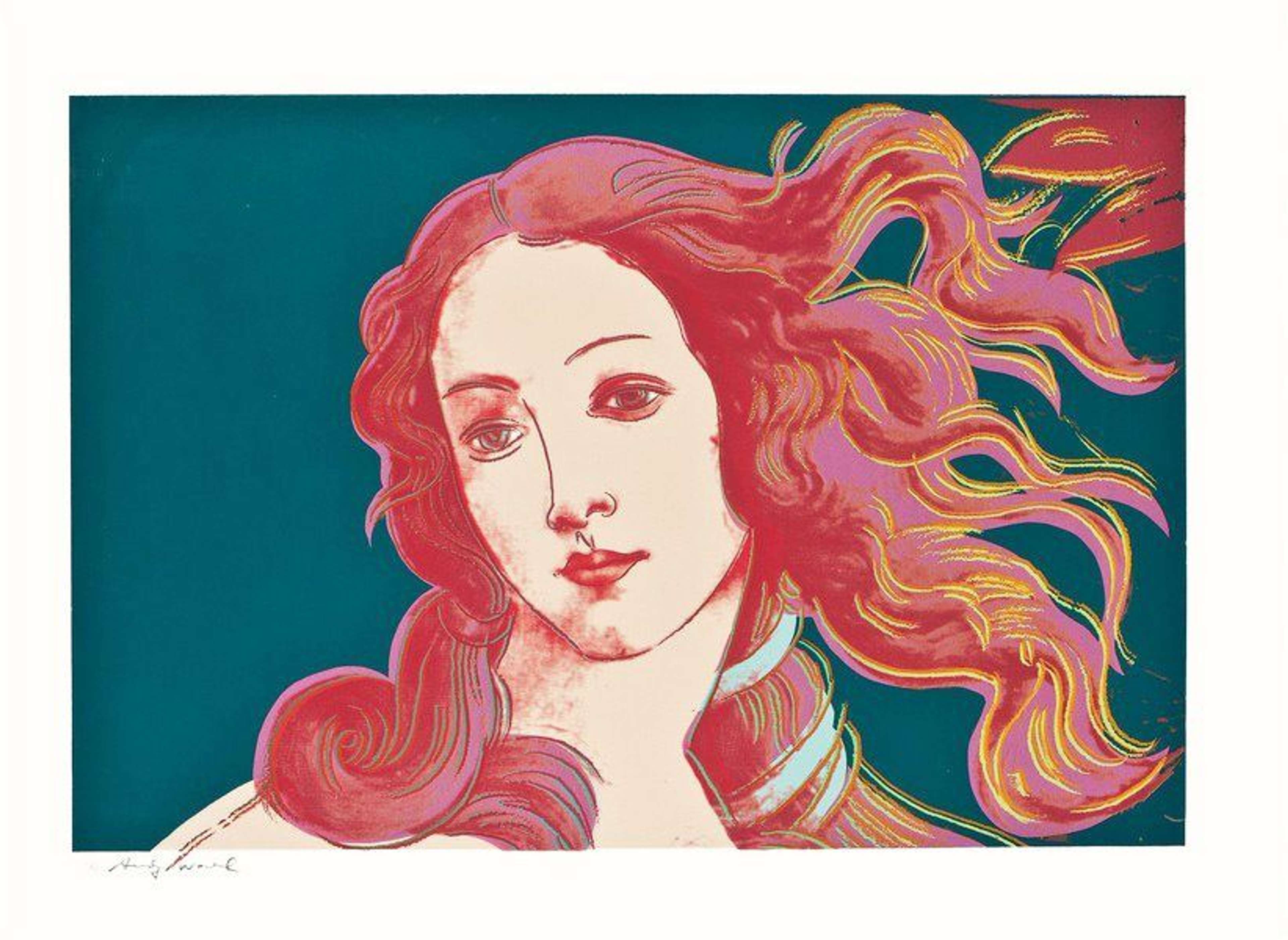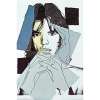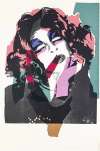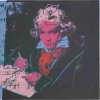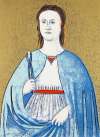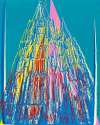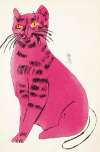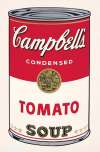Goethe
Portraying German polymath and literary great, Johann Wolfgang von Goethe, Andy Warhol created these four colour-variant screen prints in 1982. Warhol’s Goethe evidences the artist’s love of appropriating already iconic imagery: here, a painting of Goethe by Johan Tischbein that is regarded as the most famous German portrait.
Andy Warhol Goethe For sale
Goethe Value (5 Years)
Works from the Goethe series by Andy Warhol have a strong market value presence, with 100 auction appearances. Top performing works have achieved standout auction results, with peak hammer prices of £504000. Over the past 12 months, average values across the series have ranged from £23095 to £85008. The series shows an average annual growth rate of 7.49%.
Goethe Market value
Auction Results
| Artwork | Auction Date | Auction House | Return to Seller | Hammer Price | Buyer Paid |
|---|---|---|---|---|---|
 Goethe (F. & S. II.273) Andy Warhol Signed Print | 3 Dec 2025 | Dorotheum, Vienna | £17,850 | £21,000 | £30,000 |
 Goethe (F. & S. II.272) Andy Warhol Signed Print | 3 Dec 2025 | Dorotheum, Vienna | £42,500 | £50,000 | £70,000 |
 Goethe (F. & S. II.270) Andy Warhol Signed Print | 26 Mar 2025 | Sotheby's London | £29,750 | £35,000 | £50,000 |
 Goethe (F. & S. II.271) Andy Warhol Signed Print | 25 Sept 2024 | Sotheby's London | £34,000 | £40,000 | £50,000 |
 Goethe (complete set) Andy Warhol Signed Print | 8 Dec 2023 | Ketterer Kunst Hamburg | £204,000 | £240,000 | £350,000 |
Sell Your Art
with Us
with Us
Join Our Network of Collectors. Buy, Sell and Track Demand
Meaning & Analysis
Here Warhol depicts prominent German philosopher, theorist and scientist Goethe, in a collection of four different coloured screen prints. The screen prints in colour all come in a limited edition size of 100.
Each print in the collection depicts Johann Wolfgang von Goethe, one of the greatest German literary figures of the modern times. Goethe was a polymath who became a prominent philosopher, scientist and colour theorist and had a profound and long-lasting impact on modern thought. The prints in the collections are all based on a painting of Goethe by Johan Tischbein which is regarded as the most famous portrait in Germany.
Warhol renders Goethe in his signature Pop Art style, characterised by an emphasis on bold and vibrant colours and the use of hand drawn lines which are added after the printing process to imbue the prints with detail. The use of graphic lines which contour the image sets up an interesting dichotomy between classical portraiture and the resulting, highly contemporary image. By transforming an iconic painting made by a renowned classical painter through the use of a Pop Art aesthetic, Warhol calls into question the way we judge an artwork based on originality and authorship and prompts the viewer of the piece to think about what exactly constitutes the value of art.
